2024 Toyota Land Cruiser 70 LC76 Hard Top
| The Good: – Old-school reliability – Old-school style – Old-school experience |
The Bad: – Limited rear legroom – Ride and handling – Acceleration and economy |
Toyota is the Original Gangsta when it comes to making forever-reliable SUVs. Would you believe the LC70 version of the Land Cruiser has been around since 1984, when it replaced the original FJ40? The 70 Series is forbidden fruit for most of the world, as it is nowadays sold only in the Middle East, South America, Africa, Australia and Asia.
Now on its third facelift, the LC70 has been retconned to resemble the first version again, albeit with a bulging new bonnet that seems to be at odds with the rest of the body, which hasn’t changed at all. Filling in the original tail light openings and moving the lights to the rear bumper was an odd move, although we’re aware it’s to comply with regulations in markets elsewhere. Overall, with the black fender flare fittings and fat tyres, it remains a classically handsome vehicle. We’re driving the “LC76” 5-door version, but it is also available in 3-door and pickup versions.
The LC70 has massive ground clearance, so you have to stretch to get in, even with the side steps in our fully-loaded model. Once inside, you are greeted with an upright windshield and a surprisingly long bonnet. Closing the door requires a firm swing, otherwise you’ll have to try multiple times. And the individual pull-up door locks are a blast from the past, although it does come with central power door locks as well as a whole host of other modern amenities, such as cup-holders!
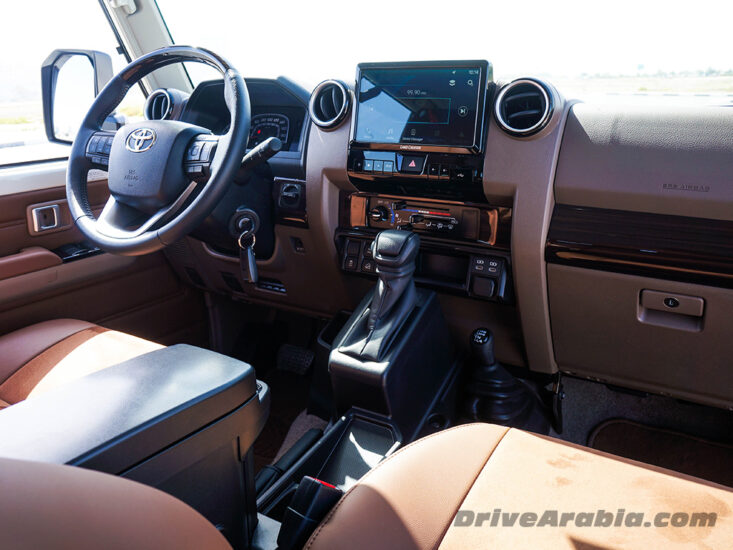
While there are lots of hard uncomfortable edges, the hard plastic and metal surfaces are balanced out by nubuck/leatherette upholstery on the seats and doors.
You sit up high in this five-seater, with mildly bolstered front seats and large windows all around. Legroom up front is just about adequate, with manually adjustable seats and a tilt-adjustable steering column.
But rear legroom is surprisingly tight once front passengers get comfortable, although the rear seatbacks do have a tilt function. Inversely, the boot space is massive, with split-folding rear seats, and accessible via the side-hinged double doors.
Features include a centre-console fridge, glovebox with air vent, power mirrors and windows, digital info display in the gauge cluster, steering-wheel controls, a decent 9-inch touchscreen with Apple Carplay and Android Auto, USB-A and USB-C ports, 4 speakers, basic rear camera, keyless entry, cruise control, front and rear fog lamps, and LED auto headlights with LED running lights. The strong a/c is manual with classic slider controls. There was even a metal jerry can sitting in a box in the boot of our car, possibly an option.
Surprisingly, aside from just 2 airbags (primarily because there is no space for side airbags), there is a suite of active safety features that include lane departure alert, pre-collision warning, stability control, ABS with brake assist and EBD, traction control, tyre-pressure warning and hill-descent control.

While other worldwide markets are confined to diesel engines, the UAE gets a 4.0-litre V6 petrol motor that’s now available with a 6-speed automatic for the first time.
The V6 is a gruff motor that makes 228 hp at 5200 rpm, and 360 Nm of torque at 3800 rpm, enough to propel the body-on-frame SUV to 100 kph in 10.5 seconds during our March afternoon test. The motor offers linear power delivery with a torquey demeanour, although as speeds get higher, the acceleration gets longer and louder.
The 6-speed automatic is pretty good at selecting the right gears, and even has a manual-selection feature.
We clocked fuel consumption at a heavy 17.9 litres/100 km (5.6 km/litre). Interestingly, Saudi Arabia gets a 2.8-litre turbo-4 version with 201 hp at 3400 rpm and 500 Nm at 1600-2800 rpm, which promises about 40% better fuel economy as per claimed ratings.
The 2-ton SUV rides on live axle suspension, with coils up front and truck-like leaf springs in the back. Even with the modern embellishments and 16-inch alloy wheels wrapped in meaty 265/70 rubber, it’s an old-school workhorse through and through.
It has a second shifter to engage 4-high and 4-low, a knob controls the front and rear diff locks, and the front wheels even have manual or automatic-locking free-wheeling hubs.
As such, it is a solid offroader, capable of floating over soft sand and tall rocks with ease, although it may run out of steam if you try to hammer it up a 5-storey tall dune.
That same indestructible chassis also causes the on-road ride to be constantly firm and jittery, much more so on imperfect surfaces.
The steering is also stiff and rubbery, while requiring 4 turns lock-to-lock. That lack of responsiveness helps in keeping the truck stable at highway speeds.
Of course, highway speeds are never going to be peaceful. The wind noise at 90 kph or more sounds like leaving a window open. And the brake pedal is soft, so you have to push it most of the way in to get the truck to stop in a respectable timeframe.
The LC70 is not for everyone. Actually, it never was meant to be for anyone other than those who needed a serious offroad workhorse. But despite its high pricing, offering an automatic transmission after 40 years has opened it up to a wider market, as it’s become a bit of a minor sales hit (production volumes are limited). If you ever had the curiosity to experience how your father’s era got around, the LC70 is a massive dollop of nostalgia.
| Price Range: Dh 180,000-185,000 Current Model Introduced in: Body Styles: Engines: Transmissions: Setup: Suspension: |
Brakes: Front: discs Rear: discs Curb Weight: Length: Wheelbase: Top Speed: Test Acceleration 0-100 kph: Observed Test Fuel Economy: |
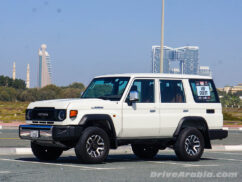
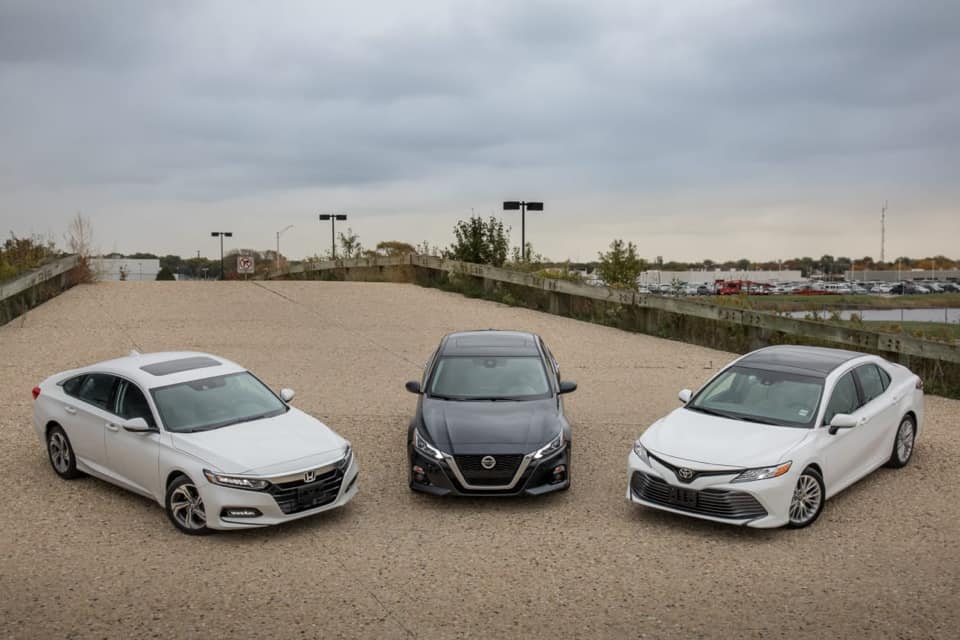
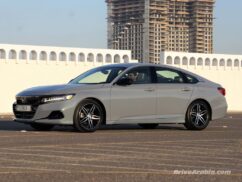
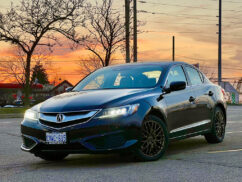
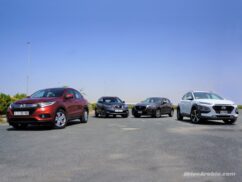
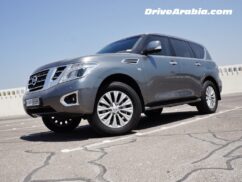
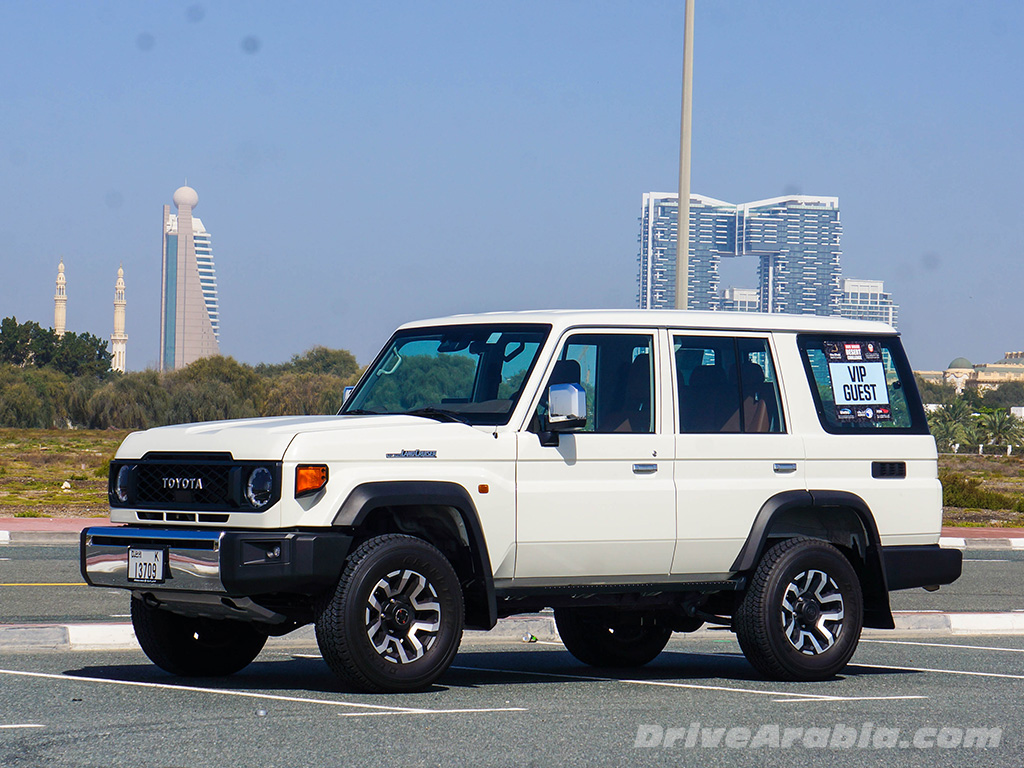
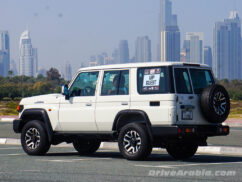
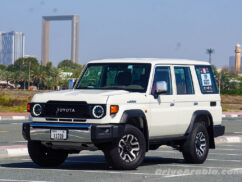
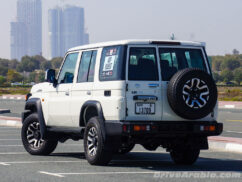
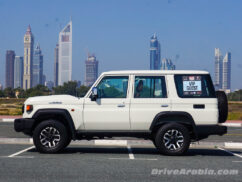
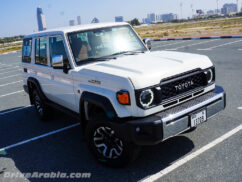
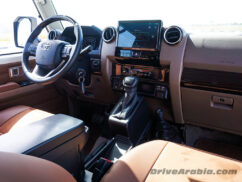
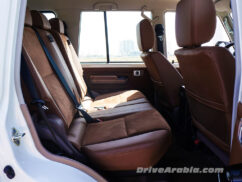
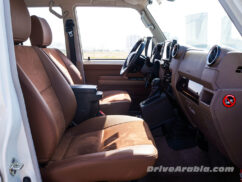
Comments
ismail
Im looking for this car
Aboubacar
Bonjour je cherche Toyota Land Cruise hardtop 2024